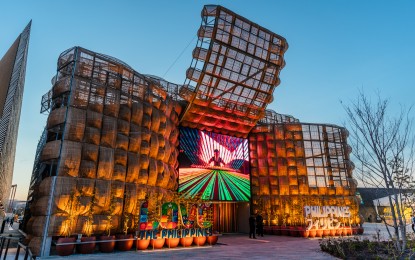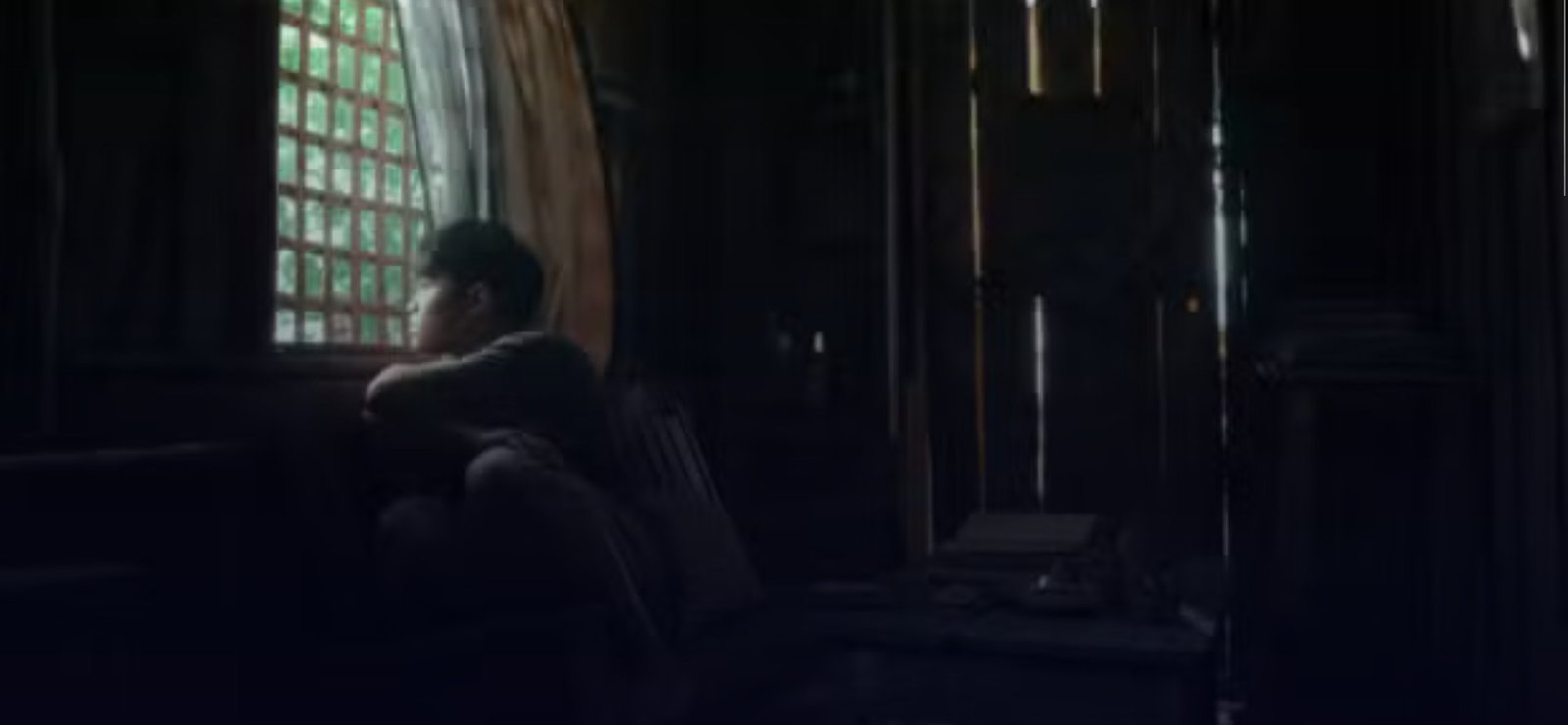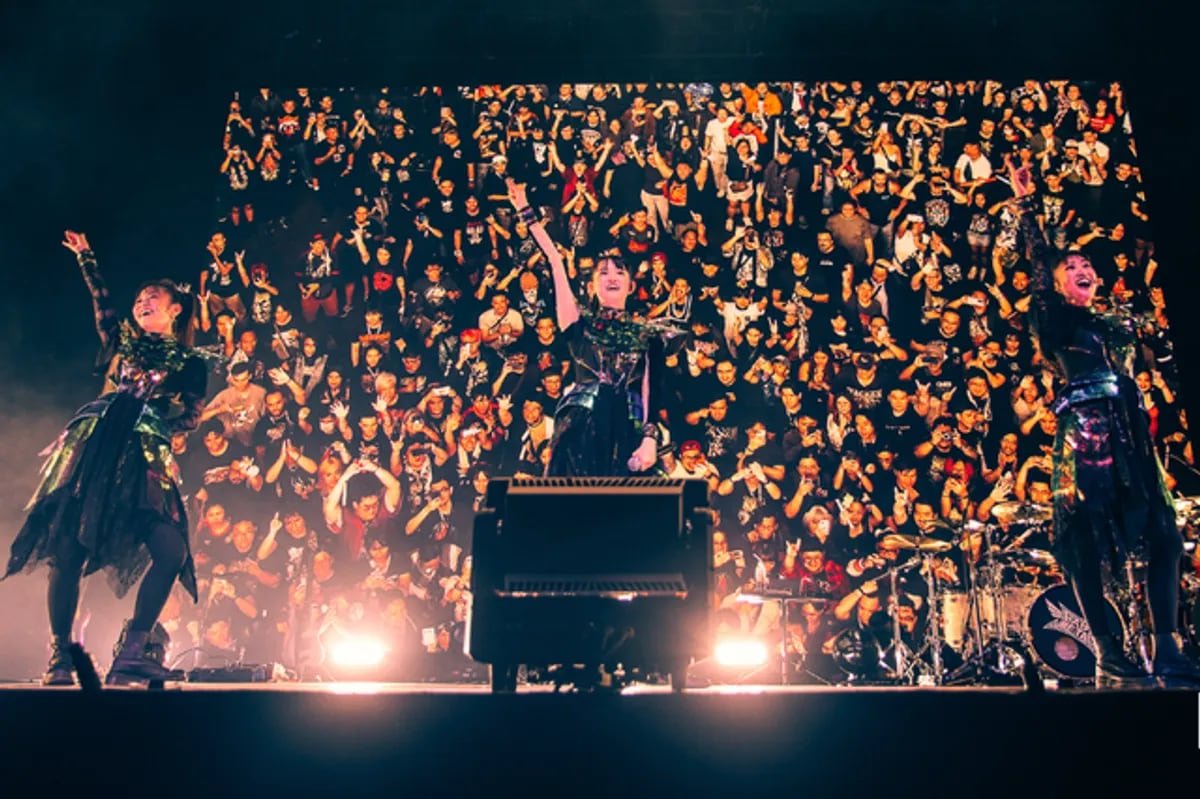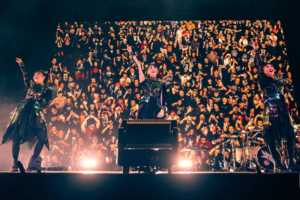
CROWD-DRAWER. The Philippine Pavilion at the World Expo 2025 in Osaka, Japan has welcomed 372,611 visitors as of June 19, 2025. The booth features a breathtaking facade of 212 handwoven fabrics representing the regions of the Philippines. (Photo courtesy of Tourism Promotions Board-Philippines)
MANILA – President Ferdinand R. Marcos Jr. on Friday visited the Philippine Pavilion at the World Expo 2025 in Osaka, Japan.
Marcos’ visit came nearly two months after Japanese Prime Minister Ishiba Shigeru invited him to attend this year’s expo during their meeting at Malacañan on April 29.
Accompanied by First Lady Liza Araneta-Marcos, the President had an immersive journey inside the pavilion through artificial intelligence (AI)-powered screens that featured the Philippines’ rich and vibrant heritage, biodiversity, and creativity.
The Philippine Pavilion features the largest collaboration of Filipino weavers, showcasing over 2022 handwoven panels created by master artisans.
Visitors may also embark on an immersive experience through the “Dancing with Nature” installation that showcases the country’s breathtaking destinations and an interactive AI-driven photobooth, Tourism Secretary Christina Garcia Frasco said in a statement.
Themed “Nature, Culture & Community — Woven Together for a Better Future,” the Philippine Pavilion is a multisensory celebration of culture, creativity and sustainability designed to leave a lasting impression on the global stage.
A crowd favorite, the Philippine Pavilion has welcomed 372,611 visitors as of June 19.
The Philippine Pavilion also features Filipino food and a health and wellness space; and celebrates Filipino craftsmanship and gastronomy through the Habi (Weave) Gift Shop and the Hain (Serve) Take-out Counter, encouraging global connections and promoting tourism, trade and cultural exchange.
“This is a demonstration of his vision coming to fruition. At the beginning of his administration, he expressed a desire for the Philippines to be reintroduced to the world, not only from the strength of our beaches, our diving, and our mountain destinations, which have been well known all over the world but also importantly, from the strength of the Filipino identity,” Frasco said.
“The Philippine Pavilion is a demonstration of that proud identity that is so unique in the sense that the diversity that pervades our regions is so rich. We have made the effort to feature all the regions of the Philippines from Luzon, Visayas and Mindanao, not just to highlight our physical assets, but also, importantly, the work of our local communities,” she added.
Japan Pavilion
Marcos also visited the circular structure of the Japan Pavilion that carries the theme “Between Lives.”
Embodying the cycle of life, the Japan Pavilion features a biogas power generation using food waste from the Expo site and other cutting-edge Japanese carbon recycling technologies to create a cyclical loop and inspire visitors to adopt sustainable behaviors for a sustainable society.
The Japan Pavilion’s distinguishing feature is a great circle of innumerable wooden planks that visitors can peer in between to catch a glimpse of the interior, connecting the outer and the inner, through exhibits and architecture. (PNA)











